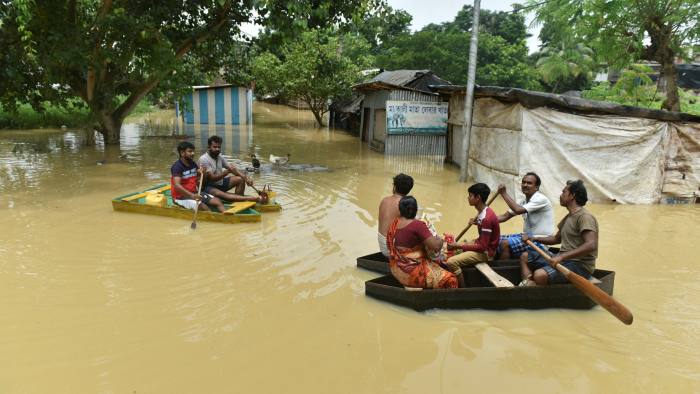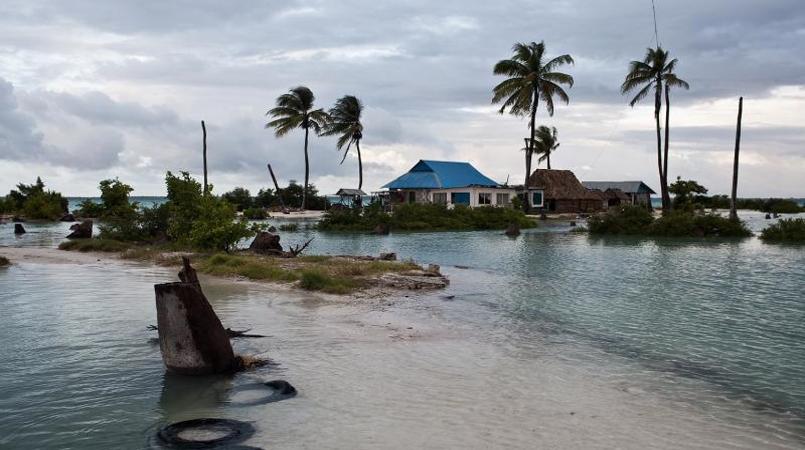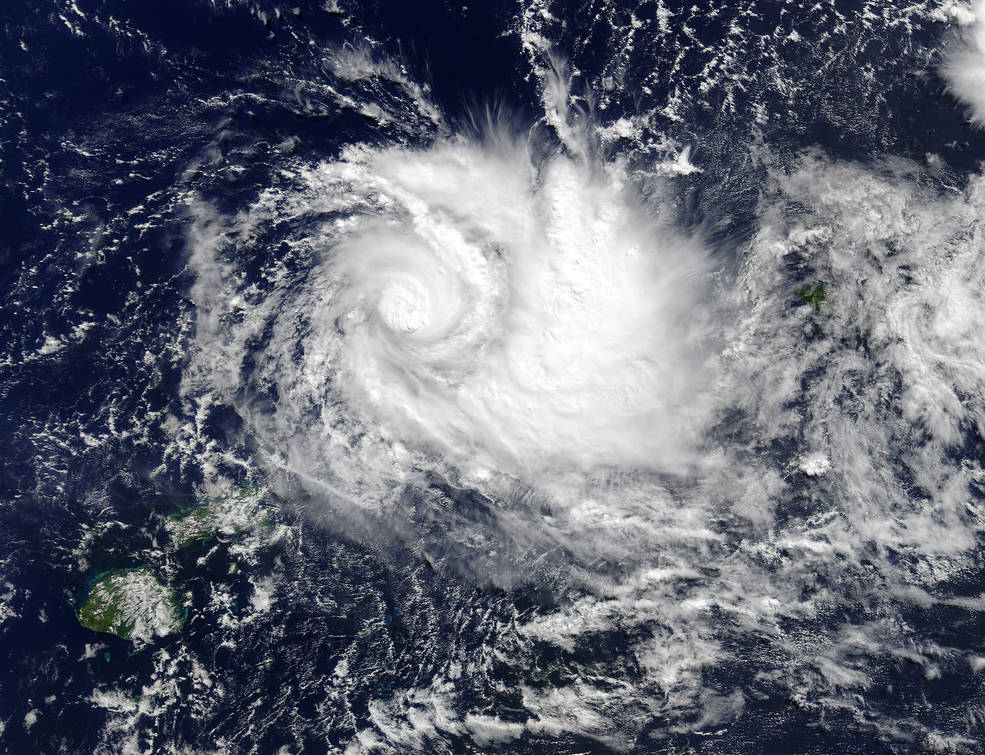As heat, drought and rising sea levels make regions uninhabitable, millions of people will need to find new homes
Climate change is nearing the point of no return. As the most recent report from the Intergovernmental Panel on Climate Change makes clear, even if carbon emissions were to cease tomorrow, those accumulated in the atmosphere are enough to upset many of the planet’s ecosystems for decades to come.
That is why the forthcoming COP26 summit, while necessary to promote climate change mitigation, is wholly insufficient to address the equally important agenda that faces humanity: adaptation.
As heat, rising seas and drought render swaths of the planet uninhabitable, millions, if not billions of people may eventually have to relocate to terrain in the latitudes best suited to survival. The toughest challenge that lies before us isn’t reducing emissions, it’s relocating people. Neither the IPCC nor any other agency is currently empowered to address this fundamental question of human geography.
In the postwar decades, relatively predictable patterns of migration occurred both within and across regions. The largest stock of migrants moving within any region, for example, is the 23m who moved across the borders of the former Soviet republics.
In the coming decades, though, the world will have to contend with several looming demographic imbalances. Labour shortages across North America, Europe and northern Asia are becoming more acute, and these regions will need to open the immigration taps accordingly.
Tens of millions more Asians may be forced to relocate permanently across Eurasia as parts of Asia become uninhabitable and livelihoods dry up. A large number of south Asians and Chinese will drift northward into the vast steppe lands of southern Russia and Kazakhstan, regions abundant in fertile land and almost wholly lacking in people.
Some of this would have been likely even without climate change — but is almost certain because of it. This century we are projected to reach “peak humanity”, our maximum species population of almost 11bn. From that point forward, survival becomes a distribution game. How will we choose to organise ourselves across the planet’s 150m square kilometres of territory? Is today’s map fit for purpose, given how many people must move — and move again — across various borders at various times?
In matters of migration, national governments have sovereign writ. But answering the challenge of human geography requires more than tinkering with bilateral migration agreements.
We must bridge the gap between the hyper-sensitised and short-term political discourse around migration and the collective strategy needed to house humanity. Speaking of human geography rather than migration can be a powerful rhetorical tool, for it emphasises that we are all in the same boat and gently shifts the focus from narrow national sovereignty to expansive planetary stewardship.
In a world with a changing climate, we need a new division of labour among the continents. South America and Africa will become ever more regions of emigrants. North America and Eurasia must absorb more people, while recirculating them from the water-stressed southern US and south Asia into more fertile inland areas. There will be climate pioneers who terraform difficult new terrain in places such as Canada and Russia for millions of future migrants.
Our political cartography will also evolve. Sinking South Pacific islands will need to be abandoned for Australia and New Zealand, which will in effect become their protectorates within a collective Oceania rather than meaningful sovereigns. Today’s fiscally strained and depopulating Visegrad countries could fuse into a larger federation to better administer their vital forests, agriculture and rivers in order to prepare for demographic replenishment by Arabs and Asians.
In a reversal of today’s centrifugal trends, the British Isles would not only deepen their resource-sharing but represent key hubs in a resurrected version of the medieval Hanseatic League of trading ports, linking Churchill in Canada to Aberdeen, Scotland and Kirkenes, Norway.
Many scholars ask: what lies beyond sovereignty? If we are wise, the answer will be “programmable geography” — recoding places based on their changing roles in our fluid global system. Habitable geography is our most precious terrestrial resource, and we must optimise it for those that come after us. Adapting sovereignty to a new reality is what we owe the future.
This story was produced by Parag Khanna, published at Financial Times on 3 October 2021, reposted via PACNEWS.
The writer is the author of ‘Move: How Mass Migration Will Reshape the World — and What It Means For You’




